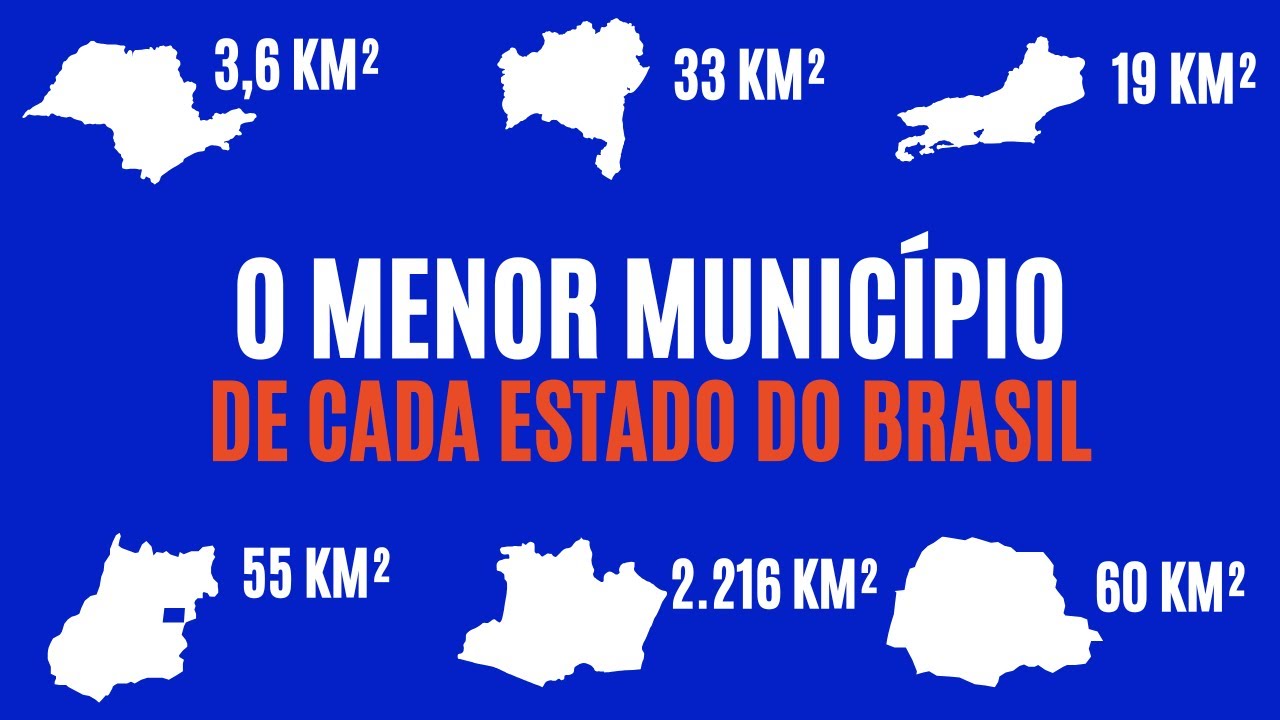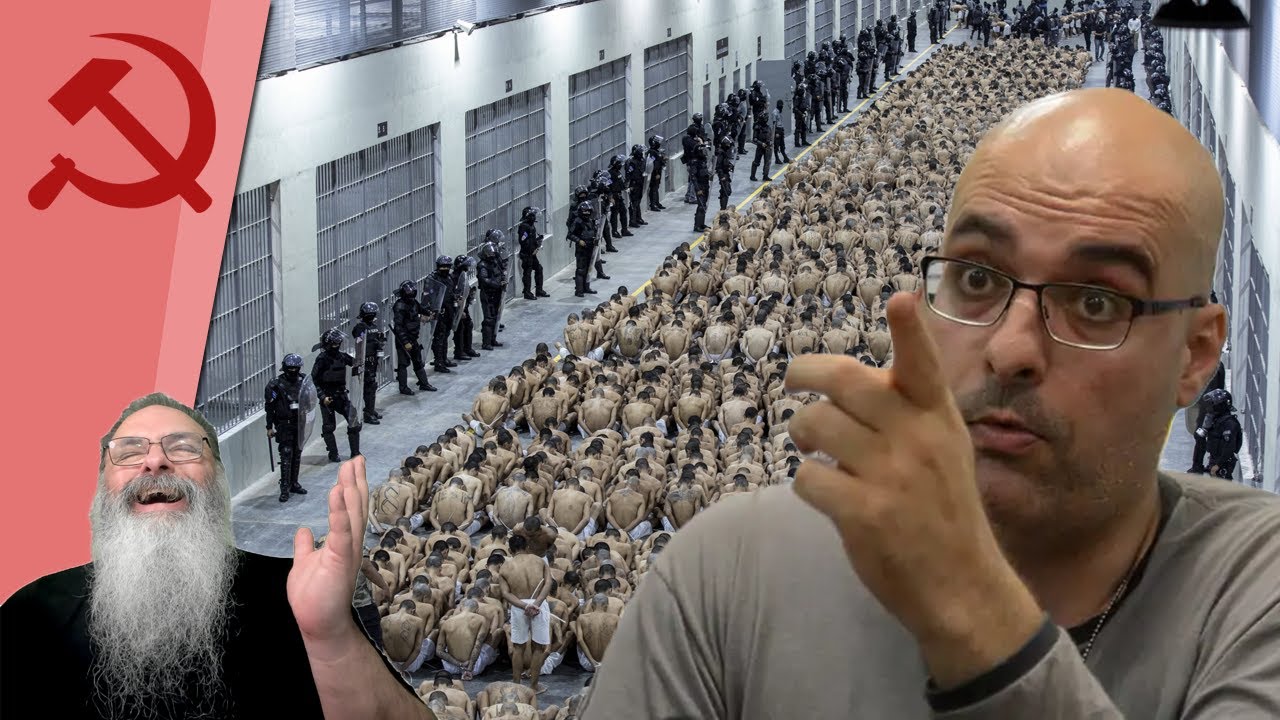O Palhaço Nefilim
0This is the Rakshasa. A mythological being of Hinduism and
Buddhism. They are cannibalistic and
perverse-minded creatures. Mouth and nails sharp as claws. Manic, bulging eyes. In Hindu tradition, the most famous
rakshasa was Ravana, the ancient king of Sri Lanka. In those days there were giants on the
earth, Nephilim. These were the mighty ones that were of
old. Men of fame. In many cultures, demonic-looking
creatures were famous and powerful. For example, in the mythology of Japan,
the namahage are beings that look like
demons. They are represented by men wearing ogre masks and straw cloaks. During the New Year’s ritual, terribly
dressed men impersonate demons and go door-to-door to scare away children who have been
lazy. Oni is a kind of demonic ogre in Japanese
folklore. They are also known for their superhuman
strength. They have large, massive teeth and sometimes a third eye on their forehead. They are rakshasa-like creatures. In history, interactions with entities of
this profile are widespread throughout all
cultures. Big red mouths and a behavior of total
irreverence. One of the most recent contacts that
humanity has had with strange creatures happened in a
tribe in America called the Paiutes. In the stories of the Paiute Indians,
three-meter-tall giants were terrorizing the tribe and
eating people. These giants were red-haired,
pale-skinned, with two rows of teeth and six fingers on
each hand. Interestingly, the Bible in second Samuel
also mentions giants with six fingers. They lived in caves. The tribe of Paiutes Indians set fire to
these caves and the giants died. It was the last time these giants were
seen. Giants with pale skin and red hair, with noses and mouths stained with blood,
after each meal. Practically a clown. Charles Dibdin. He wrote more than 600 songs. Dibdin became the manager of a theater
and created the clown as we know it today. From a dull white rag to psychedelic
shapes and colors. Hindu mythology had a great influence on the design of the modern clown. For example, the resemblance of Dibdin’s
clown to the costumes that represent the
rakshasa. And this style would become extremely
popular for future clowns. A wide smile, a big mouth and sharp
teeth. It even seems that the clown is the
imitation of the appearance of a demon. This is no surprise, after all, virtually
all circuses of this era were run by
Freemasons. The connection between clowns and demons
has been explored very frequently on television
and film. In 2014, the movie Clown, which means
clown, has been released. A man dresses up as a clown. He is then possessed by the spirit of a
demonic Norse reptilian entity known as a clownie. The man is unable to take off the clown
costume until he eats five children to satisfy the demon’s
hunger. Wearing the clown costume caused the man
to be possessed by demons. The American Horror Story series features
the clown Twisty. A bizarre-faced killer hidden by the
inhuman smile mask. The series coincided with the sightings
of ghastly clowns in the lonely night, which scared
many people. In the same year, the film Terrifier was
released. The film features a psychotic clown who brutalizes his victims and starts a cult online. In 2017, a reboot of Stephen King’s film It is released. In It, every 27 years, a demonic clown
feeds on the fear of his victims, before eating
them. On Halloween, many people worship and
channel the spirit of this demon. This was the perfect scenario for the
release of the Joker movie in 2019. A wronged clown, a victim of society, seeks revenge. Arthur Fleck’s journey in an attempt to
be included in the society that rejected
him. In the end, he accepts who he really is, a killer clown. Terrifier 2 was released, causing people
to swoon in theaters due to its extreme violence. The world has become a circus. The Korowai tribe in Indonesia is afraid
of a white-skinned ghost demon. And so they consider Caucasians to have a
demonic nature. This historical fear of the Korowai did
not come out of nowhere. It is the memory of pale-skinned
creatures that terrorized the tribe. The Korowai are a tribe with an extremely
isolated culture. Until the 1970s, they had no knowledge of
the existence of other people outside the tribe. The Korowai have a prophecy that
pale-skinned phantom demons will return in the last
days of the world. Now, the Korowai are talking about the
return of the Nephilim. The same Nephilim who plagued the ancient
world. See this photo of a tribe in Papua New
Guinea. The Yali tribe. The natives paint their bodies white and
their noses red. Her hair even resembles a wig. A typical image of a modern Western
clown. It is a veneration of something that
these ancient cultures consider worthy of emulation. The yalis and korowai through body paint
and ornaments, represent the psychedelic
gods, Nephilim, who lived among them in the
ancient world. All of these characteristics seem to have
been fused into the caricature of the modern clown. More and more we analyze folkloric
representations of demons, it becomes clear that all
cultures, on all continents are haunted by the memory
of something that different tribes have witnessed and
represent through festivals, masks and rituals. What we call a clown in the West is a
symbol shaped by the occult to represent the Nephilim who walked the earth. The clown costume is used to channel
spirits that older cultures call ancestral
spirits. They’re not talking about their
great-grandparents. But about the ancient Nephilim of pagan
civilizations. This old practice remains to this day,
but in such a subtle way that we hardly notice it. After all, the clown is a funny and
innocent creature.









